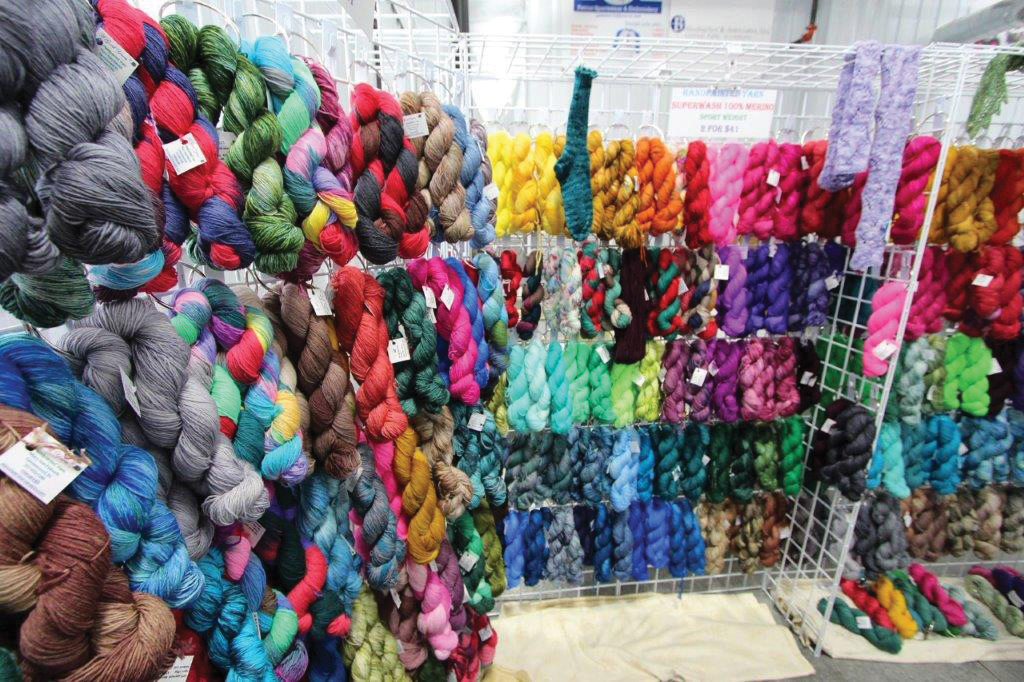
Jay County, which sits along on Indiana’s eastern edge with Ohio, is a portal into significant passages of Indiana geography, history, and culture. To name three:
The Wabash River. Indiana’s official state river enters Indiana through Jay County. The river’s origin is just over the state line, and the Wabash meekly flows in along Jay County’s northeastern corner, south of the tiny burg of New Corydon. Then, the river draws a wide inverted “J” shape as it loops some 500 miles around the state — upward and westward through northern Indiana and then sharply southward to form the state’s southwestern border with Illinois. Two-thirds of the state’s landmass lies within its watershed.
The Salamonie River, a tributary of the Wabash, originates near Salamonia in southeastern Jay County and flows northwestwardly into Blackford County before joining the Wabash River in Wabash County.
Native Americans. Jay County is home to the National Center for Great Lakes Native American Culture. NCGLNAC is not-for-profit organization whose mission is to continue and preserve traditional Great Lakes Native American art, history, and culture by passing those traditions on to Native people and educating the general public about its importance.
The area was home to Woodlands peoples and is within traditional Miami territory. Nineteen years ago, the Jay County Fair Board donated 30 acres of wooded land north of the county fairgrounds in Portland to NCGLNAC. The site includes a cleared grassy area, a variety of woods and wetlands, and a small lake. Though it is not developed, an ambitious master plan for the site includes a cultural center.
In the meantime, NCGLNAC continues hosting an annual gathering of Native American nations at the Tri-State Antique Gas Engine and Tractor Association Grounds, which are adjacent to the county fairgrounds. The pow wow is scheduled for June 11-12. On April 2-3, NCGLNAC hosts Cultural Arts Classes Session 1 at the Lions Civic Center in Portland. Session 2 will be May 21-22.
Loblolly Marsh Nature Preserve. Said to be named for the original Miami word for “stinking river,” Loblolly is 440-acre restored wetland in northern Jay County that was once was part of the large Limberlost Swamp. The swamp covered some 13,000 acres straddling the Jay-Adams county line just south of the Wabash River.
The swamp attracted international attention in the early 1900s thanks to Hoosier writer, photographer, and naturalist Gene Stratton-Porter. She visited the swamp from her nearby home in Geneva to photograph and write about the Limberlost’s flora and fauna. Discovery of oil and natural gas in the area, along with the desire to increase farmland, led to the draining of the swamp at the very time Stratton-Porter was using it as the backdrop to her beloved novels.
In the early 1990s, the land for Loblolly was purchased from five different landowners who entered their land into the Wetland Reserve Program and work began to restore parts of the historic wetland. The return of the natural habitat has brought a resurgence of the natural insects, birds, and wildlife to the restored area. It helps complete the story of Stratton-Porter that begins at her Geneva home, an Indiana State Historic Site. Writing about the wetland restoration and Stratton-Porter in the March 2020 of Smithsonian Magazine, Kathryn Aalto, a historian and educator, noted the “the greatest tribute to her by far is the Loblolly Marsh Nature Preserve.”
County Facts
Founded:1835
Named for: John Jay, co-author of The Federalist Papers, Secretary of Foreign Affairs under the Articles of Confederation, and first Chief Justice of the United States. It is the only county in the United States named for Jay.
Population: 20,478 (2020 estimate)
County seat: Portland
Indiana county number: 38



